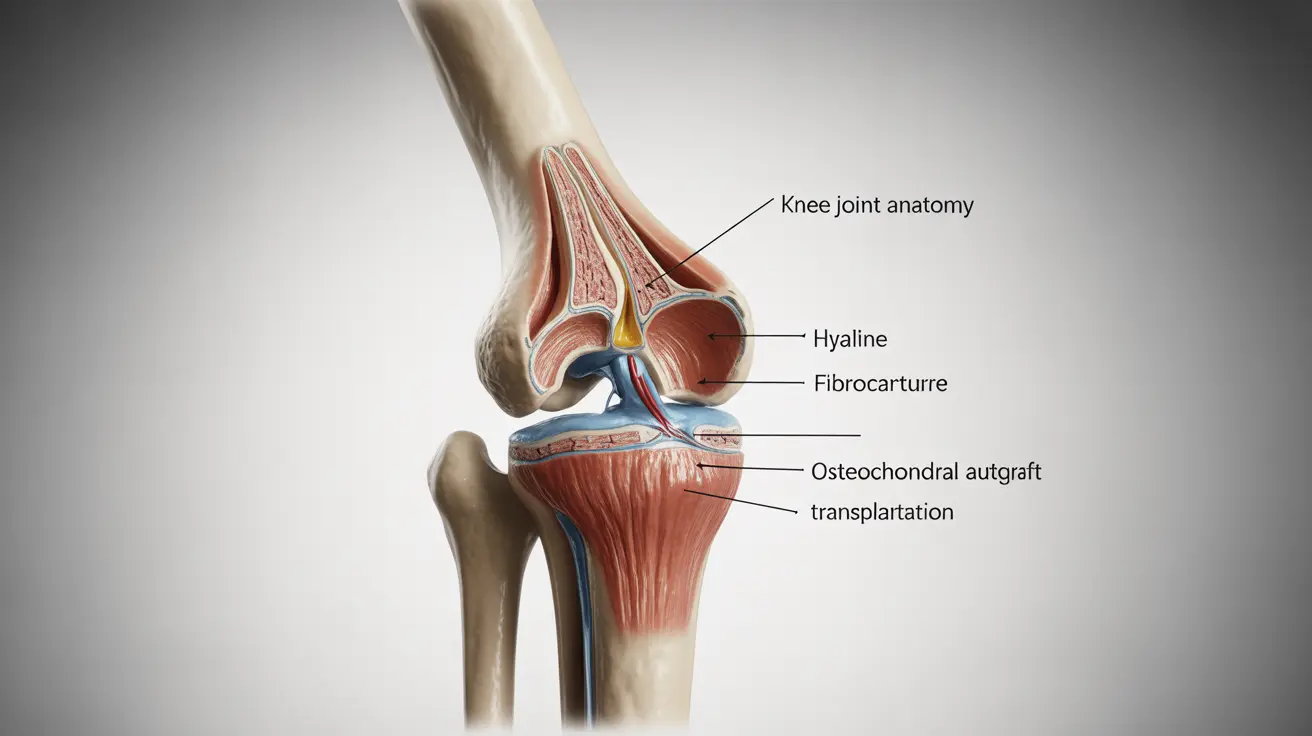The Gamma-Glutamyl Transferase (GGT) test is a key component of liver function tests, offering insights into liver and bile duct health. GGT is an enzyme primarily found in the liver and bile ducts, and its levels increase when there is damage to these areas. Here’s what the GGT test helps measure and its significance:
- What GGT Measures:
GGT measures the amount of gamma-glutamyl transferase in the blood, an enzyme involved in the metabolism of toxins and drugs by the liver. - Significance of High GGT Levels:
- Elevated GGT levels are often associated with liver damage or bile duct obstructions.
- Common causes of high GGT include excessive alcohol consumption, hepatitis, non-alcoholic fatty liver disease, cholestasis, or pancreatitis.
- GGT is particularly sensitive to alcohol-related liver damage, making it an essential marker for diagnosing alcoholic liver disease.
- Significance of Normal GGT Levels:
A normal GGT level often suggests the liver is functioning properly, and no significant damage is present. It can also help rule out bile duct obstructions. - How GGT is Used with Other Tests:
GGT results are often interpreted alongside other liver enzymes, such as ALT (alanine aminotransferase) and AST (aspartate aminotransferase), to get a clearer picture of liver health. Elevated GGT with normal ALT/AST levels may point more specifically to bile duct issues rather than liver cell damage.
Recommended Tests:




